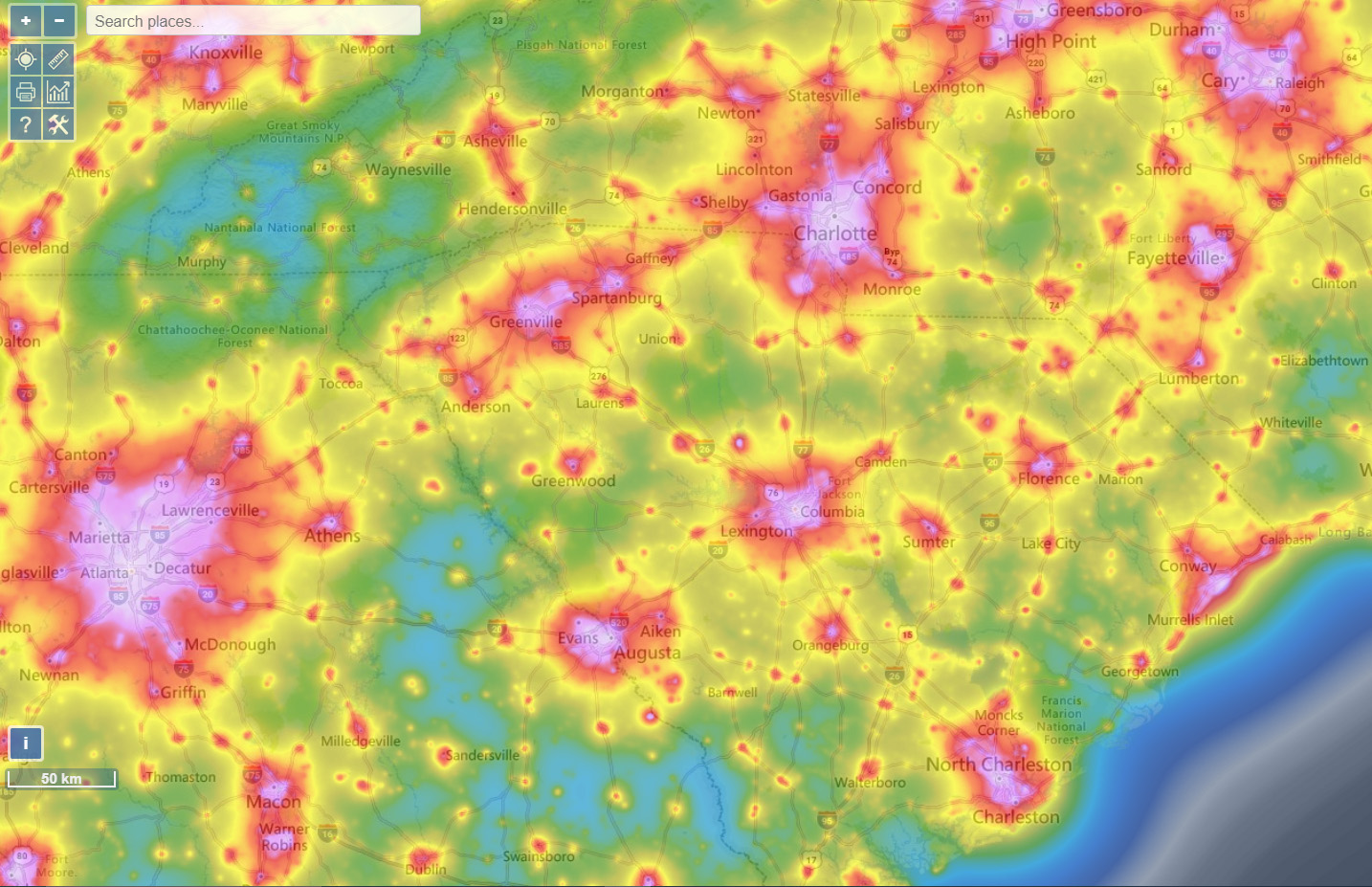A large solar flare on Saturday has sparked a geomagnetic storm expected to impact Earth early Monday morning. The NOAA’s Space Weather Prediction Center issued a warning for the G3-level storm, caused by a coronal mass ejection and intensified by an X-class solar flare.
The storm could make the aurora borealis visible as far south as North Carolina.
An X4.5 flare occurred at approximately 14/1529 UTC, resulting in R3 (Strong) HF radio blackouts. pic.twitter.com/5LhTlsxtHR
— NOAA Space Weather Prediction Center (@NWSSWPC) September 14, 2024
This short video captured using data from the GOES Solar Ultraviolet Imager (SUVI) clearly shows the intense X-class flare that peaked around 1529 UTC today. pic.twitter.com/r7UpUhoTVl
— NOAA Space Weather Prediction Center (@NWSSWPC) September 14, 2024
The KP index is expected to peak at 7.0 around 5 a.m. on Monday, offering early risers a chance to see the phenomenon.

Northern Lights lit up the North Carolina sky for the third time of 2023 on Nov. 5th after an exceptionally powerful CME from the sun blasted our magnetosphere, similar to what is expected to happen tonight.
One of the most epic shots you’ll ever see of the #northernlights and the #MilkyWay This was over Waynesville, NC last night. Thanks for the photo Ezekiel Coppersmith. #scwx #ncwx pic.twitter.com/t1lWFfE2Py
— Ed Piotrowski (@EdPiotrowski) November 6, 2023
If you want to get your own shots of the aurora, you’ll need a long-exposure camera. Go to a very dark place where you have an unobstructed view toward the northern sky. The best place would be a remote mountain with north-facing views.
You can find the dark spots in your area using the official light pollution map here.
Happy aurora hunting!



